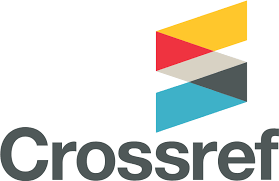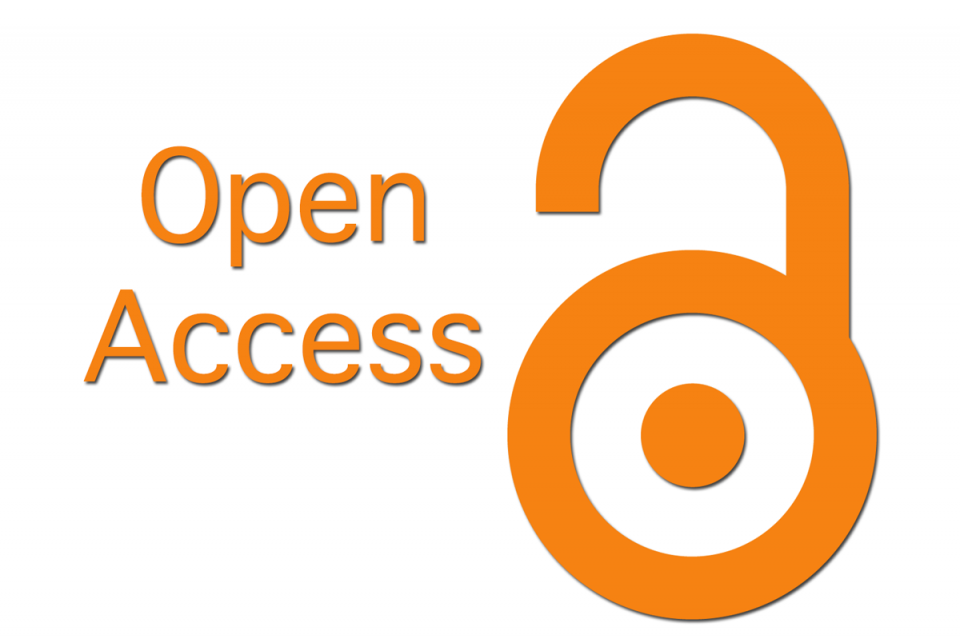Semantic Interoperability in Legal Translation: Bridging the English–Uzbek Divide through Ontological Modeling
УДК 81'44+81-2, ББК 81
Abstract
This article explores the challenges and solutions associated with achieving semantic interoperability in the translation of legal terminology between English and Uzbek. Legal translation between these languages is often hindered by deep-rooted differences in legal systems, cultural frameworks, and conceptual structures. The study argues that a traditional word-for-word or even functional-equivalence approach is insufficient for accurately conveying legal meaning. Instead, it advocates an ontological modeling approach that maps legal terms onto shared conceptual structures to support more precise translation and interpretation.
The research draws on a bilingual legal corpus encompassing constitutional, civil, and criminal law texts in English and Uzbek. Through a comparative lexico-semantic analysis, the study identifies mismatches, gaps, and partial overlaps in legal terminology and explores how these affect legal understanding across languages. The article introduces a prototype ontology that links core legal concepts from both systems and demonstrates how this model can improve semantic alignment and reduce ambiguity in translation tasks.
Special attention is given to terms with no direct equivalents and to culturally contingent legal concepts that require conceptual mediation. The article contributes to the field of legal linguistics by offering a framework for machine-assisted legal translation and multilingual legal information retrieval.
Ultimately, this research promotes a deeper integration of computational tools and linguistic theory in legal translation, supporting more accurate cross-linguistic communication in legal contexts. The findings are especially relevant for translators, legal drafters, and scholars involved in comparative law and multilingual legislation.
Downloads
Metrics
References
Абдуллаева Н. А. Ҳуқуқий таржимада семантик интероперабельлик муаммолар. Тошкент, 2023.
Алексеев С. С. Общая теория права. М., 2010.
Аъзамходжаева Ш. А. Ҳуқуқий лингвистика: назарий ва амалий масалалар. Ташкент, 2015
Винокур Т. Г. Юридическая терминология: язык и стиль. М., 2003.
Власенко Н. А. Особенности юридического перевода: Теория и практика. М., 2015.
Гаврилова Т. А., Коровкин А. В. Базы знаний: теория и практика. СПб., 2000.
Гальперин И. Р. Очерки по стилистике английского языка. М., 2004.
Добров Г. М. Онтологии в информатике. Новосибирск, 2006.
Зверев В. И. Онтологическое моделирование в праве. М., 2017.
Ибрагимова М. Б. Юридик матнлар таржимаси: лингвистик ва прагматик ёндашувлар. Ташкент, 2020.
Кузнецова И. М. Юридический перевод: методология и практика. М., 2011.
Левицкий А. А. Терминосистема права: структура, семантика, перевод. Киев, 2016.
Лопатин В. В. Язык права: норма и употребление. М., 2013.
Мельчакова И. А. Англо-русский юридический перевод: проблемы и решения. М., 2021.
Мизин В. М. Онтология и язык: философско-лингвистический подход. Казань, 2008.
Моисеев А. В. Теория правового перевода. М., 2019.
Пиперски А. Языки и модели мира. М., 2020.
Попова З. Д., Стернин И. А. Когнитивный подход к языку. Воронеж, 2007.
Раҳимова Д. Ш. Қиёсий ҳуқуқ: анъаналар ва замонавий ёндашувлар. Тошкент, 2022.
Раҳмонов У. Таржимада ҳуқуқий атамаларнинг эквивалентлиги муаммолари. Тошкент, 2021.
Реймерс Н. Ю. Перевод и интеркультуральность в правовом дискурсе. М., 2018.
Сапир Э. Язык: Введение в изучение речи. М., 1993.
Тожиев Н. Н. Ўзбек ҳуқуқий нутқининг услубий хусусиятлари. Тошкент, 2017.
Хаитов Ш. Т. Ўзбек тилида ҳуқуқий терминлар тизими. Ташкент, 2012.
Хомский Н. Аспекты теории синтаксиса. М., 1972.
Шатило Е. Ю. Лингвистические основы юридического дискурса. СПб., 2012.
Copyright (c) 2025 Суннатулло Хужакулов

This work is licensed under a Creative Commons Attribution 4.0 International License.
The authors, which are published in this journal, agree to the following conditions:
1. Authors retain the copyright to the work and transfer to the journal the right of the first publication along with the work, at the same time licensing it under the terms of the Creative Commons Attribution License, which allows others to distribute this work with the obligatory indication of the authorship of this work and a link to the original publication in this journal .
2. The authors retain the right to enter into separate, additional contractual agreements for the non-exclusive distribution of the version of the work published by this journal (for example, to place it in the university depository or to publish it in a book), with reference to the original publication in this journal.
3. Authors are allowed to post their work on the Internet (for example, in a university repository or on their personal website) before and during the review process of this journal, as this may lead to a productive discussion, as well as more links to this published work (See The Effect of Open Access).










